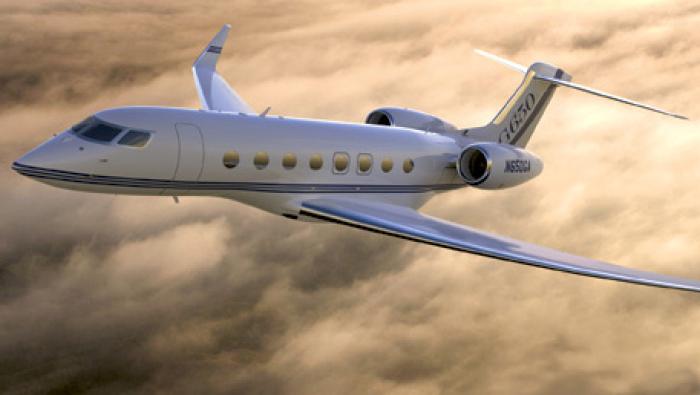The U.S. Navy is rethinking prime contractor Northrop Grumman’s selection of an Exelis-built collision avoidance radar for the unmanned MQ-4C Triton maritime surveillance aircraft. The plan was to fit the Global Hawk derivative with the first Department of Defense (DOD) program of record “sense-and-avoid” radar, to comply with international airspace requirements and prevent midair collisions. However, “we’ve made a decision to pause on the development of that capability,” Capt. James Hoke, the Navy’s Triton program manager, said at the Unmanned Systems 2013 conference in Washington, D.C. this week.
Hoke said the program is “behind schedule” on integrating the Exelis sense-and-avoid radar on Triton, which he attributed to both technology and funding issues. He said “all options are on the table” for the system, including possibly re-competing the radar requirement for other contractors to pursue. The service is awaiting recommendations from Northrop Grumman on options for the radar and will consider “cutting it in” later in the Triton’s development, Hoke added.
The Exelis sense-and-avoid radar was designed to help the MQ-4C comply with an International Civil Aviation Organization (ICAO) requirement that military and government aircraft fly with “due regard” for the safety of other aircraft when operating over international waters. Hoke said the Triton will also be equipped with a traffic alert collision avoidance system (Tcas) and automatic dependent surveillance-broadcast (ADS-B) system to see and be seen by other aircraft. “We have other things on the aircraft that will help us operate effectively in both U.S. airspace and international airspace,” he said. “Knowing that we have to answer this [issue], we’re working that very hard.” The Navy is collaborating with ICAO, the U.S. Federal Aviation Administration and NATO on an overall solution.
Exelis declined to comment specifically on the MQ-4C program and the status of its radar development for the Triton. “We are committed to developing a leading-edge sense-and-avoid system for unmanned aerial vehicles, based on our miniaturized AESA radar technology, to help make the skies safer for all aircraft,” the company said. “We have been investing to improve our manufacturing capability and have made significant strides in this area. We remain committed to working closely with our partners and customers to deliver this critical capability.”
Hoke noted that the Triton will enter service with the “most capable airborne radar in naval aviation” as its main sensor, a reference to Northrop Grumman’s multi-function active sensor (MFAS), a 360-degree active electronically scanned array (AESA) radar. The MFAS has completed 25 surrogate flights on a Gulfstream II focused on “mode maturation and radar stability.” It will be integrated on a second flight-test MQ-4C aircraft due to fly next spring at the Patuxent River, Md., Naval Air Station.
The MQ-4C made its first flight on May 22 from Northrop Grumman’s Palmdale, Calif., facility. Next March, the program will fly the aircraft to NAS Patuxent River, where it will complete flight-testing. The Navy expects a Milestone C decision authorizing production in early 2015, and initial operational capability of the aircraft in 2017.







